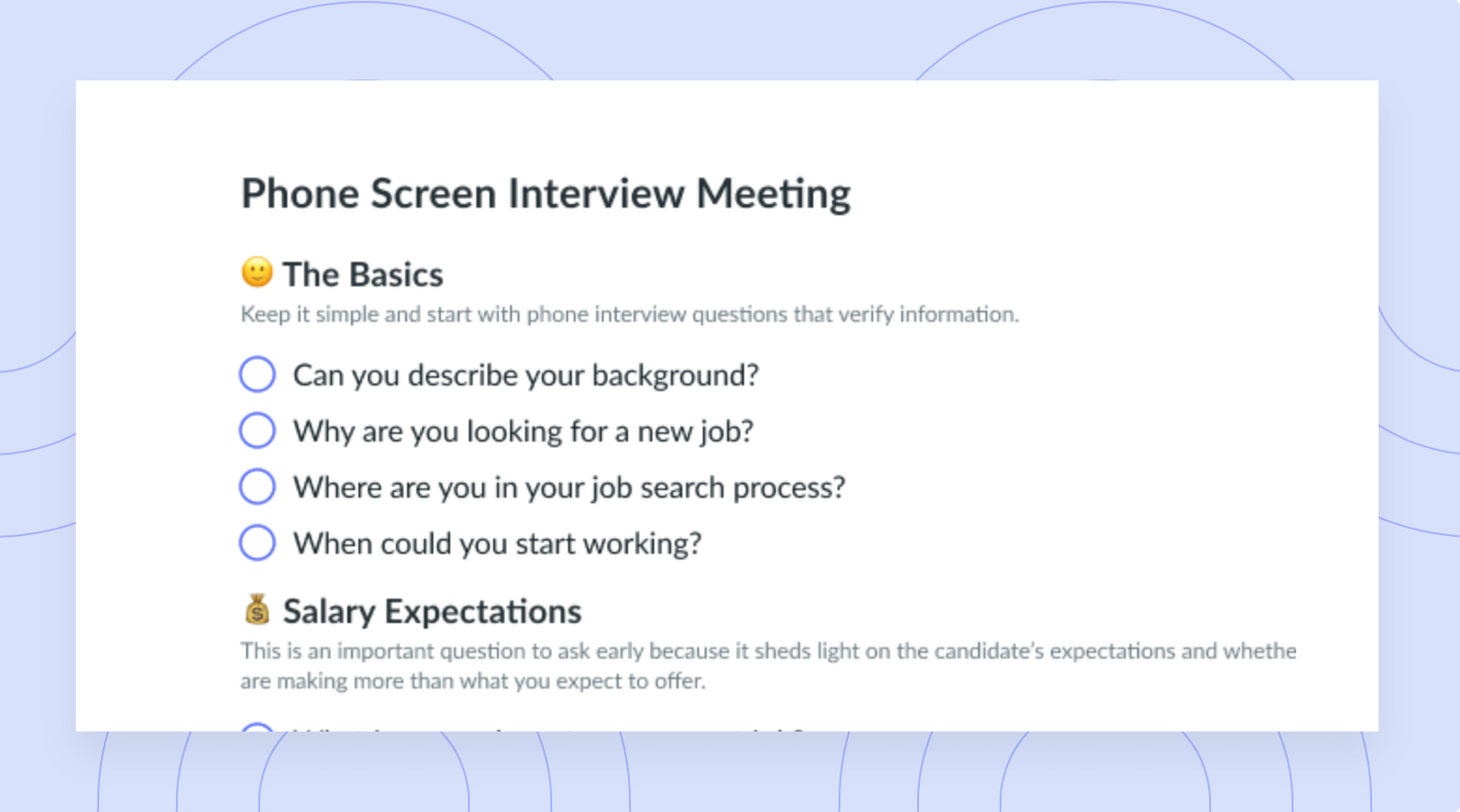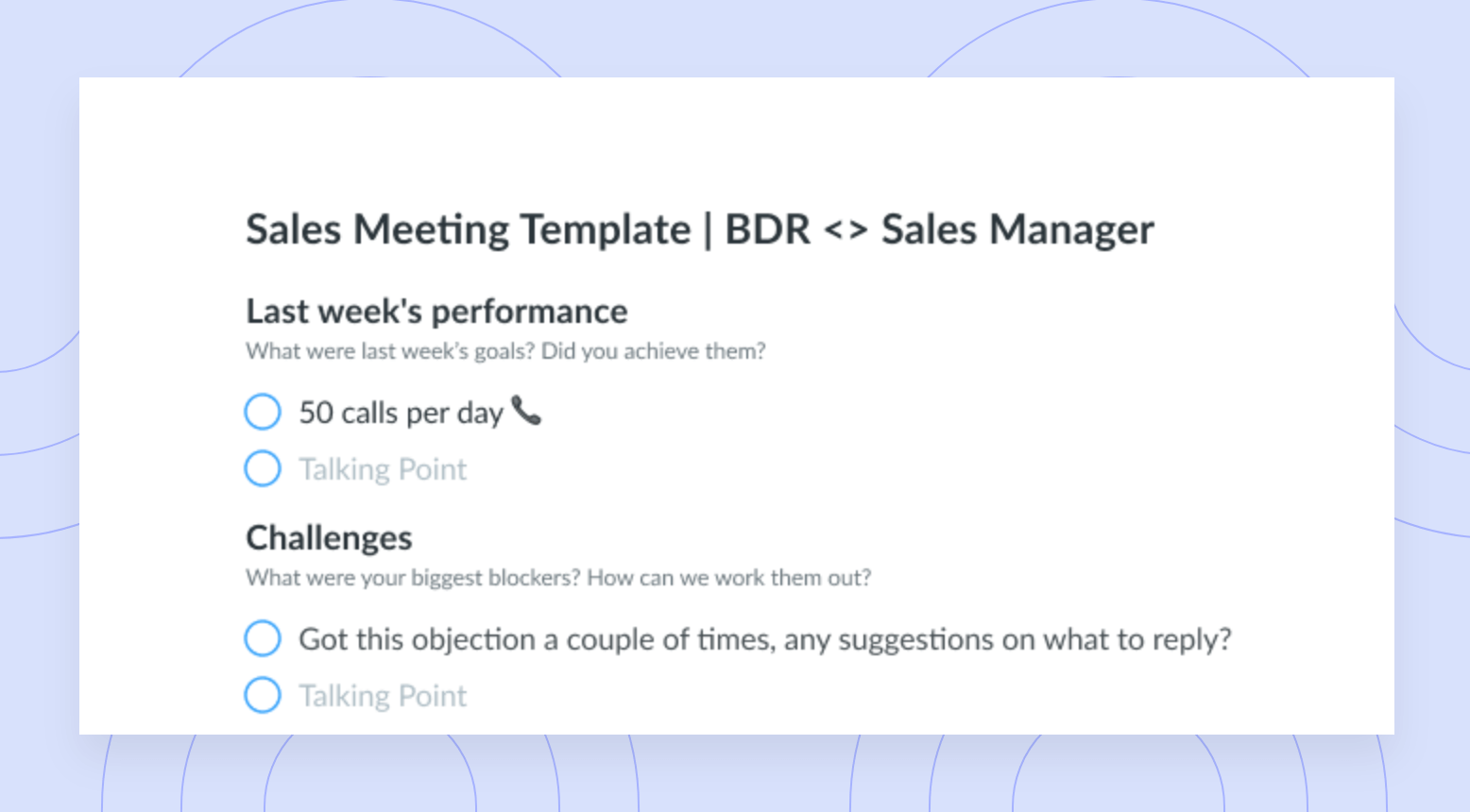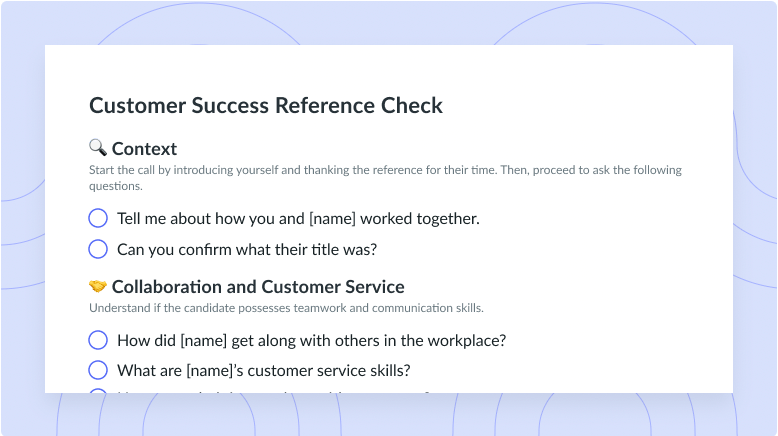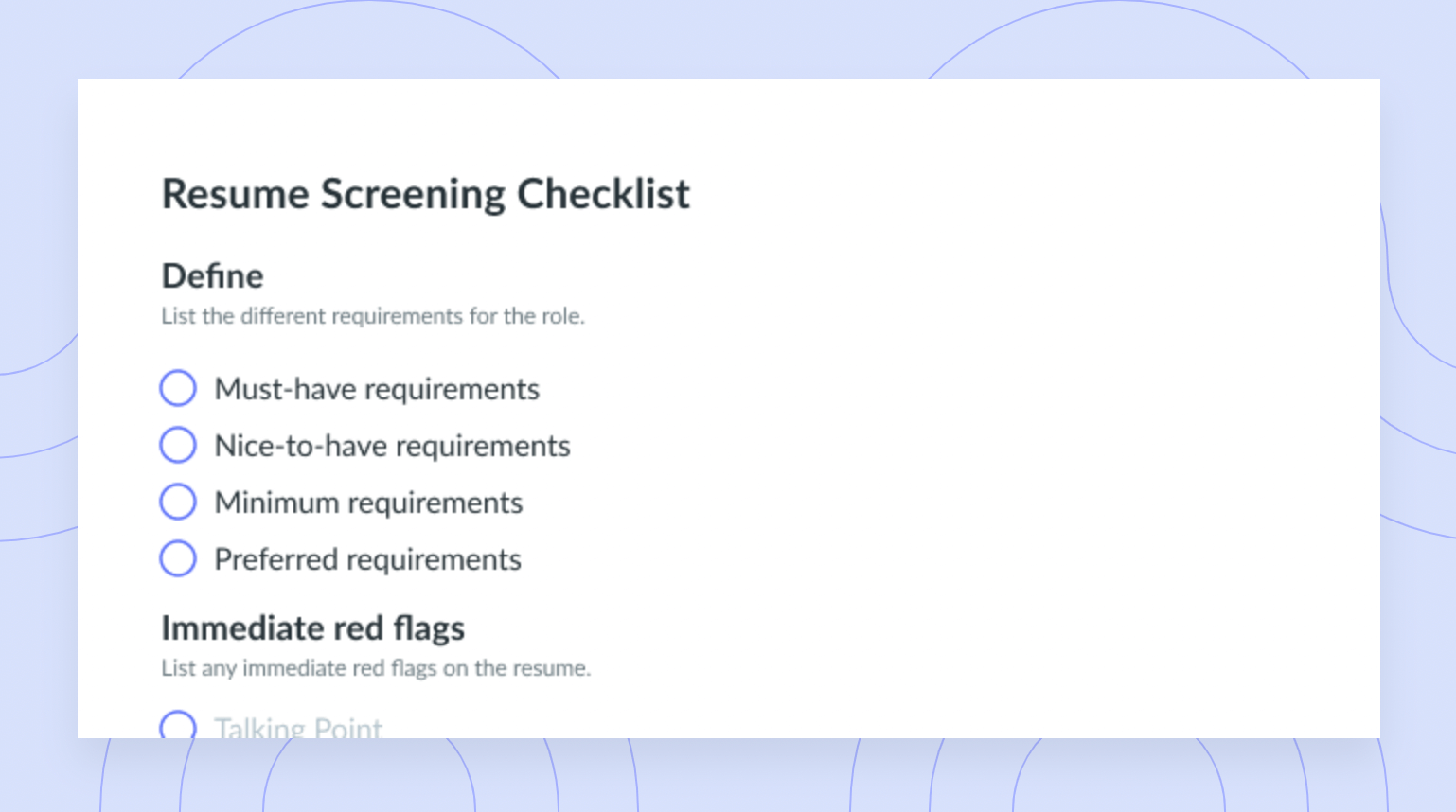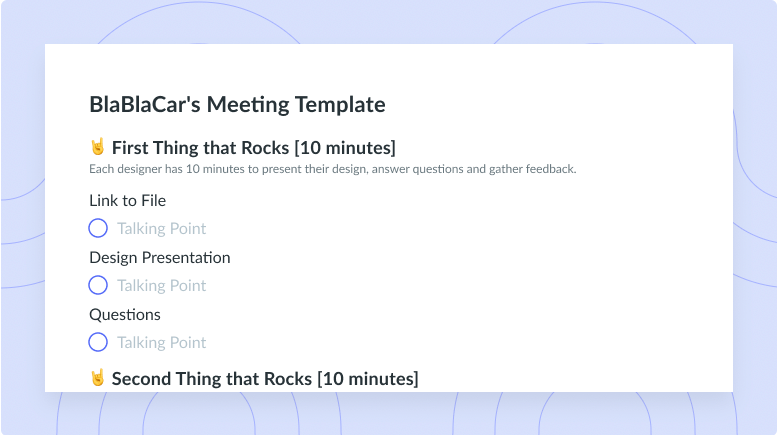What is Upskilling? Creating a Strategy to Advance
Learn why you should invest in your workforce’s skills to meet the increasing demands of the tech evolution we see in the world today.
In today’s working conditions, there is a need for organizations to engage in constant improvements in the way their employees work and successfully complete projects. This need for constant improvement often stems from the advancement of technology, meaning that digital transformation, hiring for digital talent, and implementing artificial intelligence is becoming increasingly common. As such, there is a need to reskill and upskill workforces, ensuring that employees’ learning and development can meet the ever-changing needs of the business and of the industry. There is often a requirement for companies to fill their digital talent gap through training, workshops, coaching, and mentoring.
Upskilling is one way to address or fill the organization’s current and future needs. In upskilling, the aim is for employees to add to their existing body of knowledge, rather than to learn something completely new. You’re likely still asking yourself, “so, what is upskilling exactly?” This article will cover what upskilling is, how it differs from reskilling, why upskilling is important, and how to create an upskilling strategy.
- What is upskilling?
- Upskilling and reskilling
- Why is upskilling important?
- Best practices for creating an upskilling strategy
What is upskilling?
Upskilling involves investing in your employees’ current knowledge base and established skills to continue meeting business demands as well as to fill current and future organizational needs. Unlike reskilling, with upskilling, the aim is for employees to add to an existing body of knowledge rather than to learn something completely new. Upskilling elevates your workforce’s established skills and invests in bringing them to the next level. As employees strengthen these skills, there are often opportunities for career progression, whether the skills being strengthened are soft skills or are more technical in nature. These career progression opportunities will vary from one organization to the next and truly depend on the specific needs of your company at a given time.

Run efficient meetings, come to a decision, and get back to work
Level up your meeting habits to boost engagement and productivity with a collaborative meeting agenda. Try a tool like Fellow!

Upskilling and reskilling
While upskilling and reskilling are similar in that employees engage in training, learning, and developing their skills in some manner, upskilling and reskilling have some distinct differences. Upskilling focuses on adding to an existing skill set in a given position and involves employees adapting to the changes that are taking place in their roles, in the company, or in their environment. This could mean the company comes under new management, employees are moving towards working fully remotely, a new software package is being implemented, particular tasks are being automated, or the organization is adapting to a merger or acquisition, for instance.
Alternatively, reskilling involves learning completely new skills that are foreign or different to those required in a given role. Reskilling is often required when an employee is preparing to work towards a promotion, make a lateral move, or take on a new responsibility in their current position. When a company identifies that there’s a skills gap, an effective way of addressing this gap is to reskill the workforce and identify which employees would be best suited for learning new skills or competencies required for the company to succeed.
Why is upskilling important?
1Helps adapt to change
In ever-changing work environments, adapting to change has become crucial for any organization to survive, let alone thrive. To remain relevant and to compete with other companies in the industry, it’s essential to continuously invest in your employees’ learning and development to ensure constant improvement.
2Saves costs
Upskilling can save costs because internal learning is cheaper than attending outside workshops or training. It’s also cheaper than onboarding and training a new employee to meet the organization’s needs.
3Improves talent retention
When a company invests in the learning and development of its employees by supporting them and empowering them to gain new knowledge, employees are much more likely to stay working at the organization. So, upskilling will help ensure you’re retaining your top employees, driving higher employee satisfaction, and increasing your talent pool so your organization remains competitive in the market.
4Encourages engagement
Career growth is encouraged with the process of upskilling because employees become more eligible to advance into other positions within the organization. Once an employee has confidently strengthened a skill, they will likely feel more motivated to put it into practice. This may then encourage more career conversations with their manager and open new opportunities.
Best practices for creating an upskilling strategy
- Be aware of knowledge gaps
- Monitor emerging gaps
- Focus on long-term goals
- Tailor goals to individuals
- Build training programs
- Offer a learning and development allowance
- Encourage growth mindsets
- Find mentors
1Be aware of knowledge gaps
To create an effective upskilling strategy, you need to be aware of knowledge gaps. Before you even begin addressing any skills gaps, you need to take the time and spend the effort learning why these gaps exist. A knowledge gap is where your employees lack a particular skill or set of skills that are necessary to reach certain organizational objectives. When these gaps begin to surface, especially a digital talent gap, it’s very important to determine which skills need to be strengthened to fill the gaps that have been identified and how—which is typically through providing training and development opportunities to current team members.
2Monitor emerging gaps
Once you have identified and taken note of current gaps that exist, it’s essential that you monitor these emerging gaps. It’s best to create a well-defined strategy outlining exactly how you’re going to address any existing or anticipated gaps. Your strategy to fill your organizational gaps should be visited regularly in leadership meetings and action items should be assigned so managers can follow up with one another to understand which employees have been assigned to which gaps based on their existing skill sets and knowledge. These action items should have darts allocated so the team can work towards sticking to a realistic and attainable timeline.
3Focus on long-term goals
Focusing on long-term goals is another important part of creating your upskilling strategy. Your plan to reach your long-term goals should focus on achieving quantifiable results, meaning your goals need to be able to be measured using metrics like data, financial figures, productivity, or output. Long-term goals don’t reap short-term benefits; they require a lot of legwork as they aim to permanently resolve issues and maintain success over a long period of time. It’s valuable to make adjustments and iterations throughout the life cycle of your long-term goals. These frequent iterations may lead to more favorable outcomes as your needs continue to change based on your organizational evolution.
With Fellow, you can stay on top of your team’s goals by clearly recording, defining, and tracking the progress of your OKRs in Fellow’s Objectives tool.
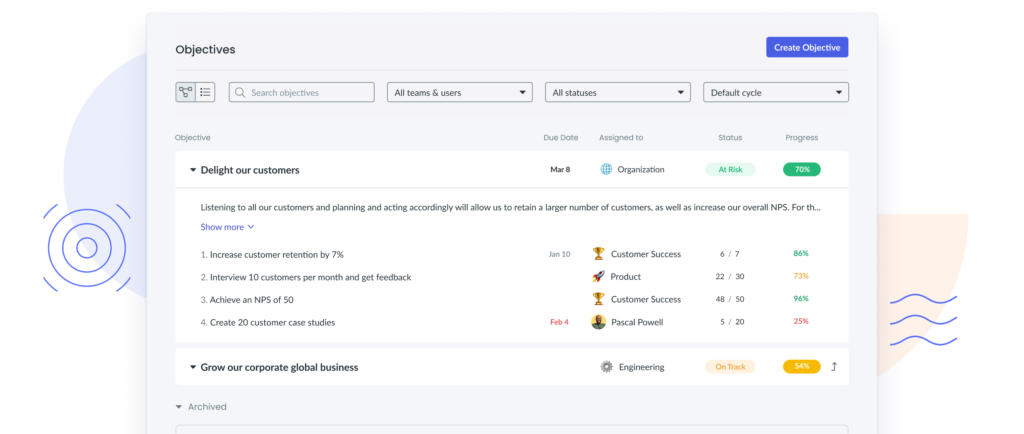
4Tailor goals to individuals
Tailoring goals to specific individuals will allow you to upskill much more effectively. It’s important for the leadership team to make considerable efforts to align employees’ personal interests, goals, and strengths with the company’s business objectives. Doing so will ensure that employees are motivated to engage in reskilling and ensure that they are well suited to filling the skills gap in a given area. Conduct regular one-on-one meetings with each employee to discuss career goals and upskilling opportunities, as well; Fellow makes it easy for managers and their direct reports to collaborate on talking points, exchange feedback, and have engaging conversations.
5Build training programs
Building specific training programs will sometimes be necessary, depending on what kind of upskilling is required. Be open to this demand and ensure you’re collecting regular feedback from employees and management on what kinds of internal training would be most effective to meet knowledge gaps and stay current in the market.
6Offer a learning and development allowance
Offering a learning and development allowance to employees will encourage autonomy and highlight that management truly cares about the growth of their employees. Providing a healthy mix of internal and external training will ensure that employees are being exposed to an assortment of knowledge. In your one-on-one meetings with your employees, task them with selecting some internal and external training that seems interesting to them and see how you may be able to meet their personal interests and business goals simultaneously. This will maximize employees’ chances of actually enjoying their learning experience and, therefore, will increase their chances of retaining valuable information and skills they can apply on the job.
7Encourage growth mindsets
Adopting a mindset geared for learning and development ensures that you can make the most of your existing skills and continue to improve on your areas of weakness. Encouraging growth mindsets in your workforce means showing your employees that you believe their abilities and successes can improve with continued resilience, effort, and learning. Having a growth mindset is important when facing ever-changing professional demands, and when you show your employees that you believe in them, they will adopt this growth mindset as well. Characteristics of a growth mindset include believing that skills can be developed, being learning-focused, putting in the effort required to accomplish goals, persevering through challenges, welcoming feedback, and treating every mistake as an opportunity to evolve.
8Find mentors
Having a mentor is often effective in helping employees upskill, wherever necessary. A mentor will support employees, provide valuable feedback and advice, and help your employees determine and reach their goals. This mentorship can be a key relationship in many employees’ lives and an ongoing positive experience that will likely impact your decisions and career path quite significantly. In episode 46 of Fellow’s Supermanagers podcast with David Hoang, Product Design Director at Webflow, he shares:
“Your mentor doesn’t have to be one person, you can have mentors who help you navigate certain things.”
Parting advice
If you’ve been wondering what upskilling is, hopefully this article has been helpful in explaining how to facilitate continuous learning through further developing your employees’ existing skills to address any apparent gaps. Be sure to send this article along to a friend or a colleague if you or anyone you know is interested in leveraging and upskilling their workforce!










